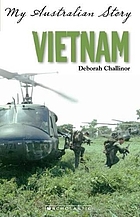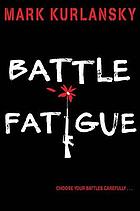Berlin on the Brink: The Blockade, the Airlift and the Early Cold War by Daniel F. Harrington
Book available to read online via Questia School.
No place symbolizes the cold war more than Berlin. In July 1945, the wartime Allies met on the outskirts of Adolf Hitler’s ruined capital and barely managed to paper over their differences. Three summers later, Berlin brought them to the brink of war. Crises in the late 1950s and early 1960s created a new symbol of their conflict—the Berlin Wall—as Soviet and American tanks faced each other at Checkpoint Charlie. The city later acted as a barometer, measuring the change in atmosphere as tensions eased. The 1971 quadripartite agreement ushered in the era of détente, and the opening of the Wall in November 1989 signified the Cold War’s end.
The tanks at Checkpoint Charlie have only one competitor as an iconic image of Cold War Berlin: a cargo plane flying over the war-ravaged city during the Berlin blockade. From June 1948 to May 1949, the Soviet Union isolated the western half of the city from its normal sources of supply. The other occupying powers, the United States, Great Britain, and France, sustained their sectors by flying in coal, food, and other necessities. For generations of Americans and western Europeans, the contrast between Joseph Stalin’s ruthless blockade and the West’s humanitarian airlift offered eloquent proof of Arthur Schlesinger’s contention that Western Cold War policies were “the brave and essential response of free men to communist aggression.” Westerners still find inspiration in the airlift as the most dramatic mobilization of military technology to save lives in the twentieth century. Claiming parallels between their actions and Harry Truman’s, recent presidents have invoked the airlift to bolster support for their policies.
Although an enormous literature exists about Cold War Berlin in general and the blockade in particular, aspects of the crisis remain obscure. One noted historian of the blockade has declared it “one of the most ambiguous and least understood events of the Cold War.” No consensus exists about its causes, context, or consequences. No one has offered a convincing explanation of why planners created Western enclaves in Berlin, surrounded by the Soviet zone, without well-defined access rights to them. Nor have scholars looked at how these access arrangements, such as they were, functioned between 1945 and 1948, or at Western efforts to . . .







